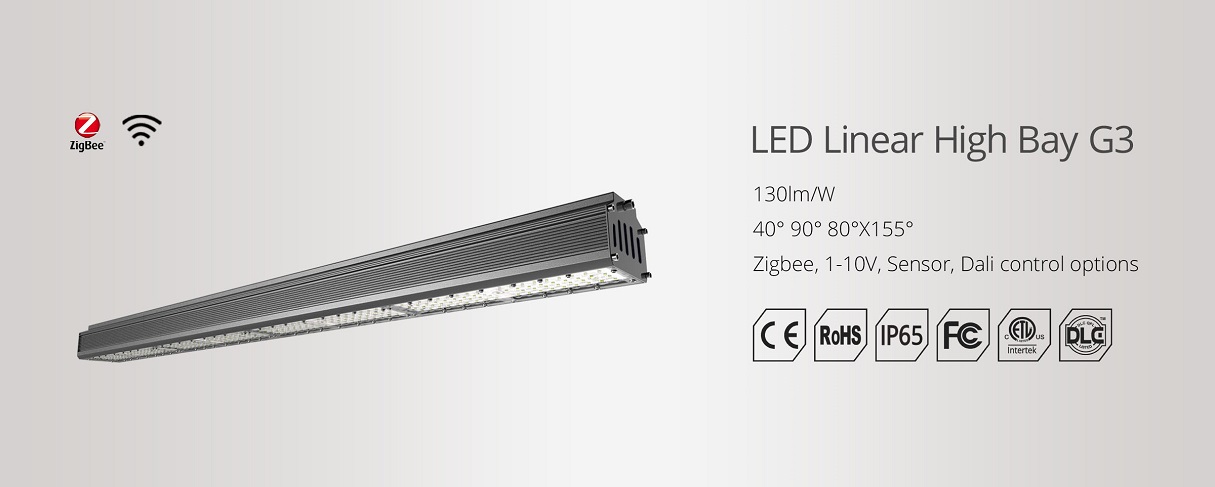LEDs provide exciting design opportunities, and everything about this is often blocked by such words: thermal management. “When incandescent light bulbs can consume heat through radiation, LED linear high bay light produces almost no infrared heat,” said Michael Gershowitz, director of technical marketing at Prairie. Therefore, the LED must dissipate heat through thermal conduction, otherwise there is a risk that the brightness, lifetime, and color stability performance will be reduced.

However, time and market demand always have the means to push the technology to such a node, that is, thermal management will soon become a consideration in the lighting design, not an obstacle. As the LED continues to iterate, the light efficiency continues to exponentially increase. LED efficiency has now exceeded 50%, that is: they convert energy into light more than calories. Most OEMs have abandoned the existing practice of using LEDs to simply replace traditional lamps, and instead produce special and optimized lamps based on the characteristics of LED light sources. And now linear high bay lights can “work at higher temperatures for longer periods of time without losing brightness,” said Mark Hand, director of new product development and technology at Acuity Brands Lighting.
With advances in LED technology and luminaire design, manufacturers can boast more than this. Thermal management strategies have also been advancing and flourishing. Although passive cooling and active cooling are still the main choices, other innovative technologies are also being added.
More than 90% of LED linear high bay fixtures use passive heat dissipation. Under this strategy, the heat of the LED package is conducted via direct physical contact via a high thermal conductivity material heat sink. “Aluminum—usually extruded or die-cast into a finned circular shape—is a standard material for heat sinks because of its light weight, low cost, and ease of manufacture.” said Christopher Reed, Strategic Partner Manager, Xicato. . Currently, manufacturers prefer passive heat sinks for their reliability. “If not exactly the same, their performance after 50,000 hours or 20 years is not far from the first day,” Reed said.
But even a proven and proven solution can be improved. While designers optimize heat sinks by skillfully processing fin thickness and spacing, passive cooling strategies have also developed a new form of fin radiators. Unlike squeezing blades, fin radiators resemble a large number of table legs on an inverted round table, and LED devices are attached to the surface of the table.
Reed said that the columnar fins allow the heated air to rise and then flow out unimpeded around the fins. This trait has advantages in some rotatable luminaires, such as track lights. “When you tilt a standard extruded fin radiator, air cannot flow in the same direction or on the gravity axis because it always enters the fins,” said Reed.
Lighting manufacturers have also begun to turn light bodies into integrated heat dissipation solutions. With this strategy, the luminaire bezels installed in the insulated ceiling system can both be decorated and heat dissipated. Similarly, the role of those sculpted fins in the CREE Aeroblades series of street lamps is not as simple as a “vase.”
“As LEDs become more efficient, the required heat sinks are smaller and lighter,” said Mark McClear, vice president of application engineering at CREE. Along with this, materials and transportation costs will also be reduced. “When LEDs become more efficient, everything is moving in the right direction,” McClear said.
